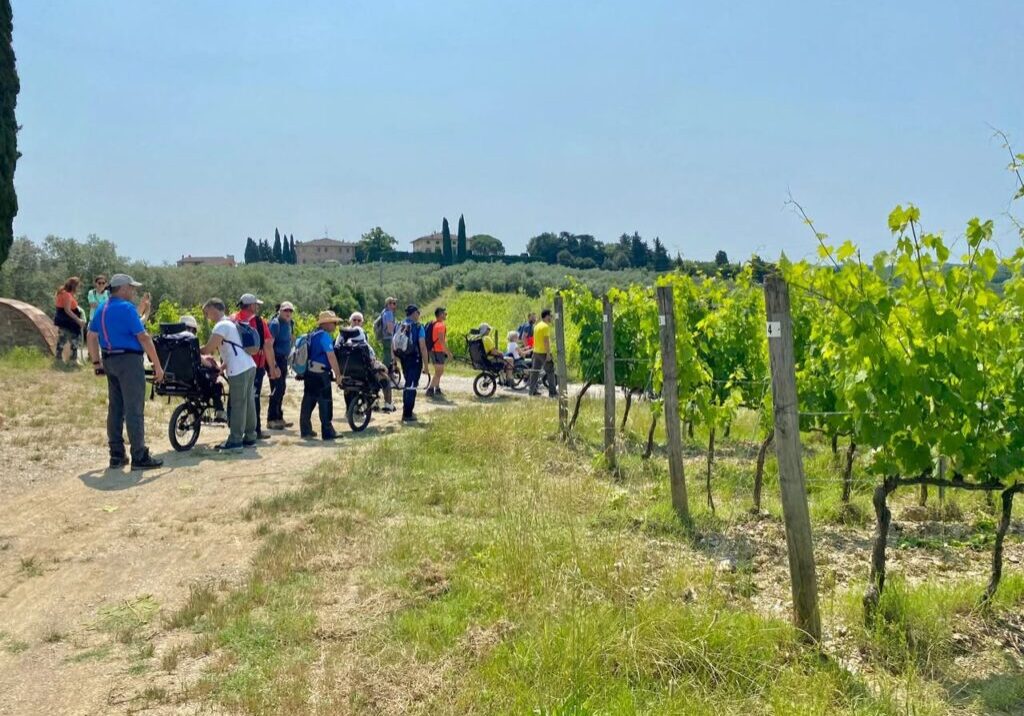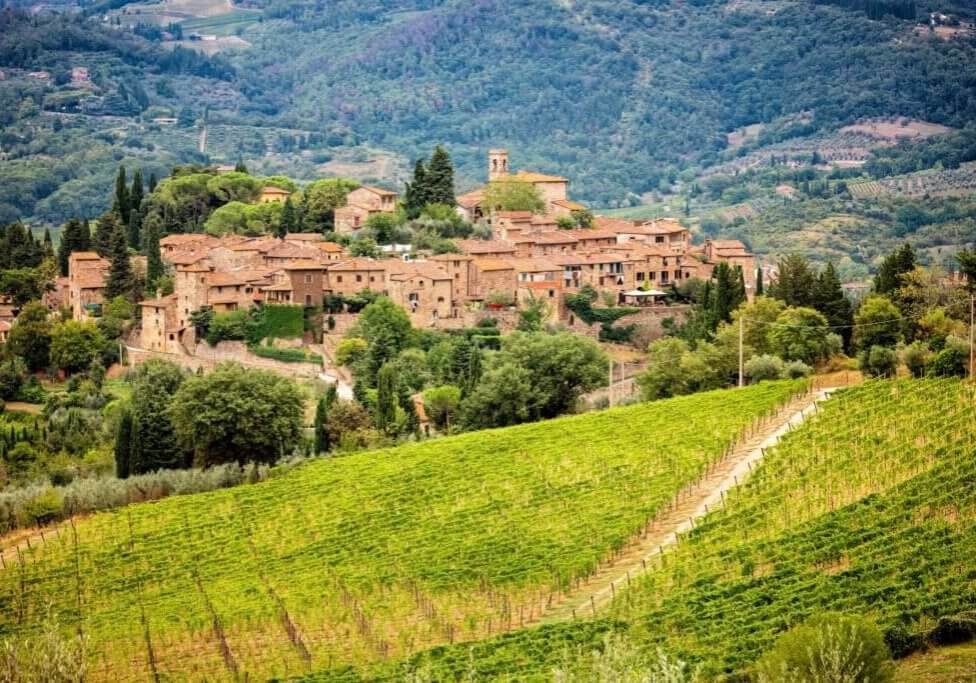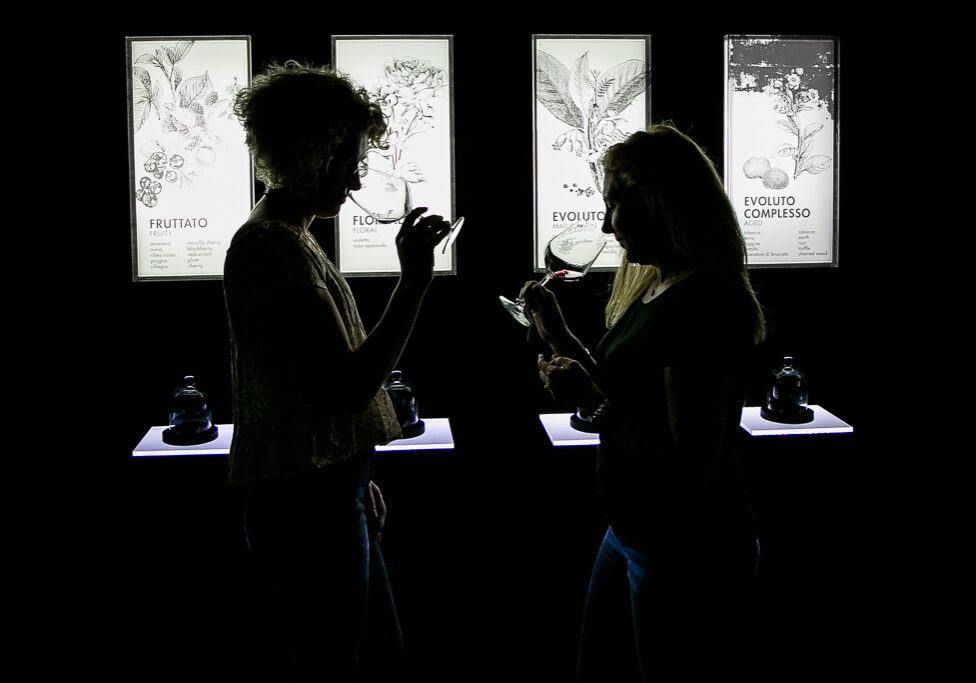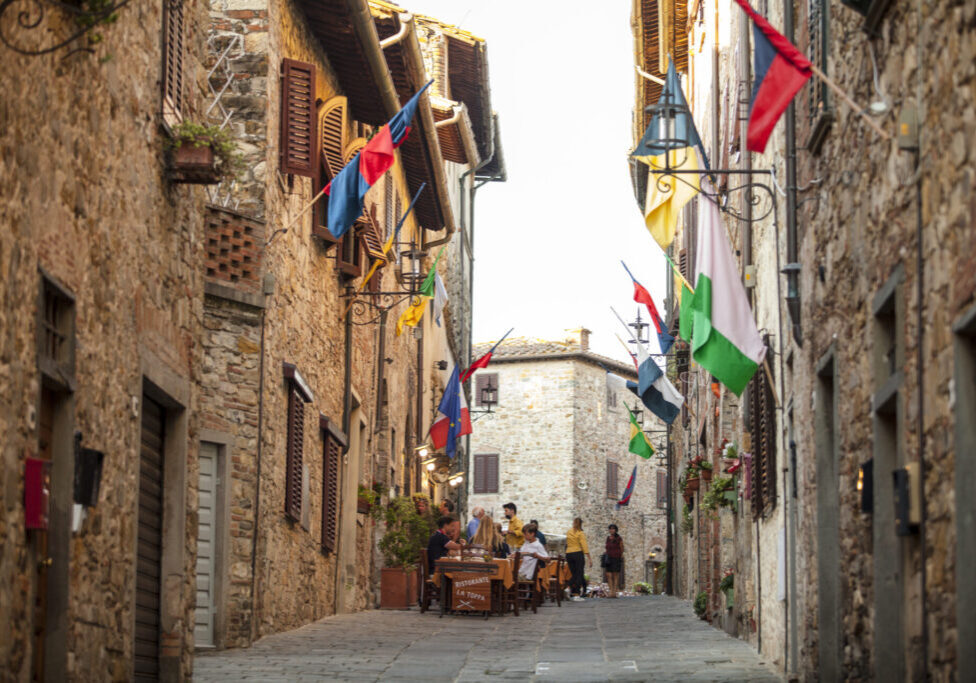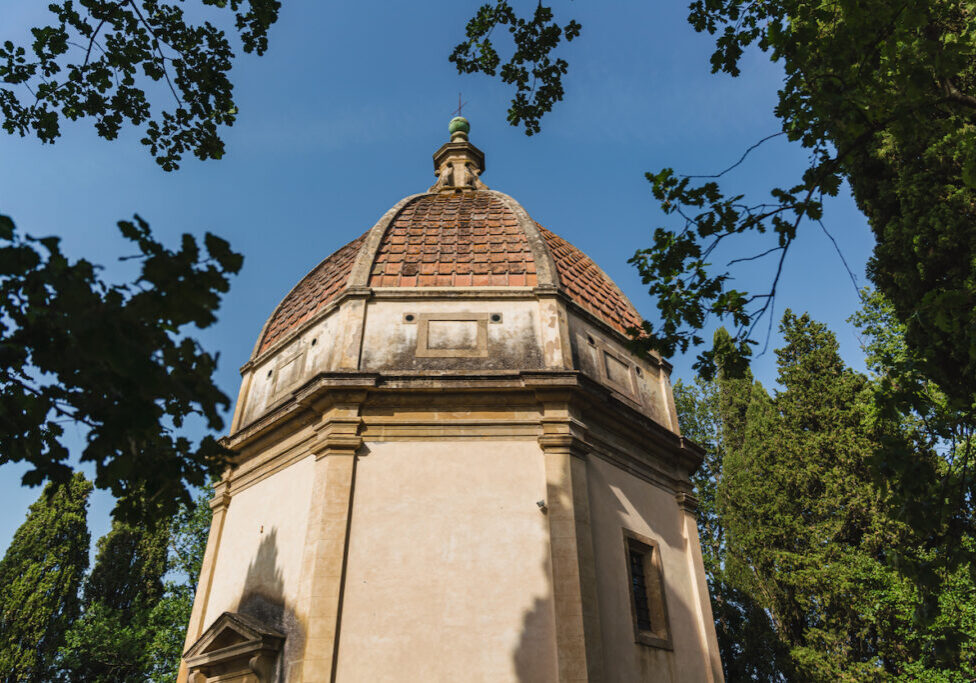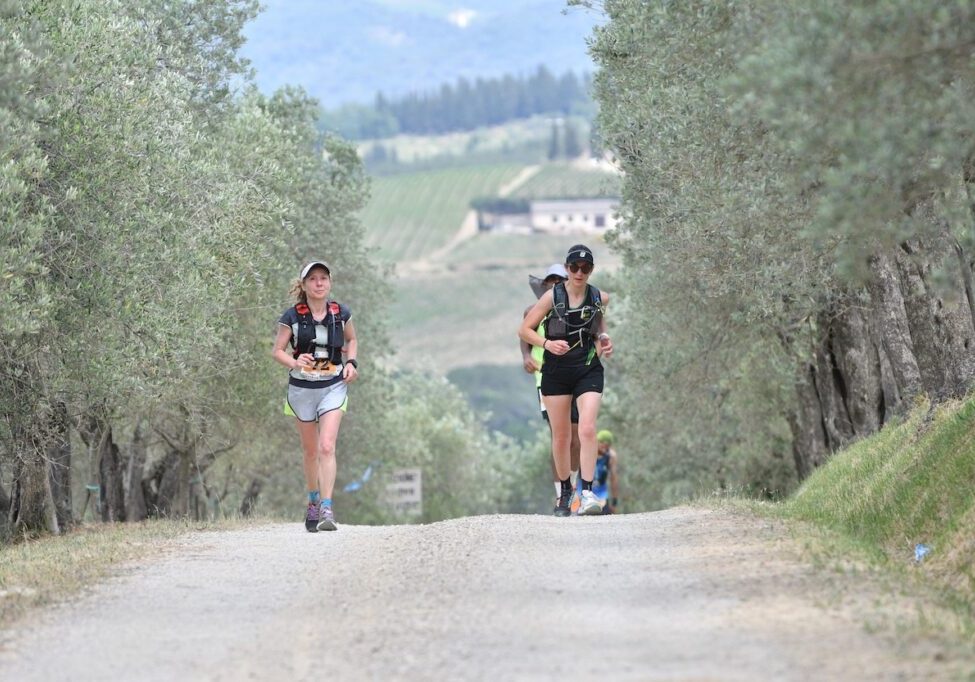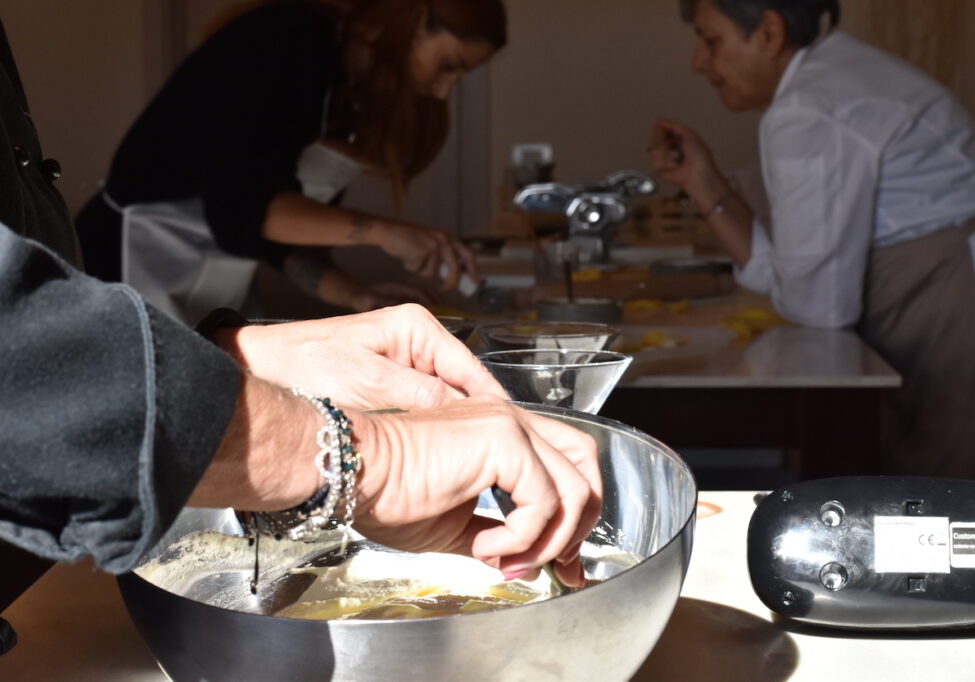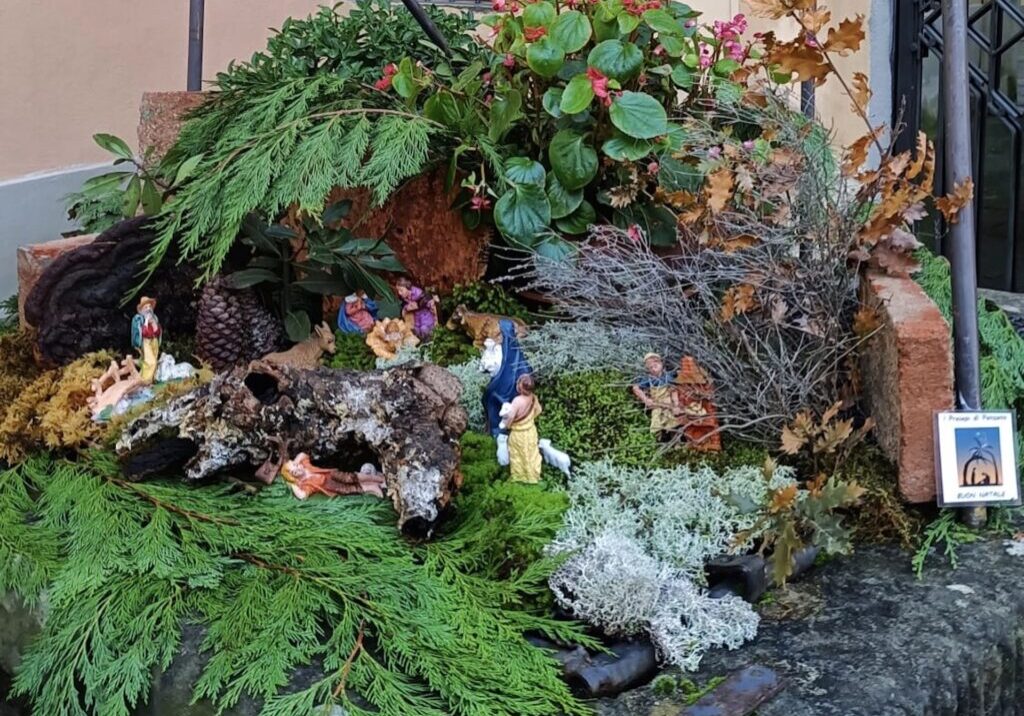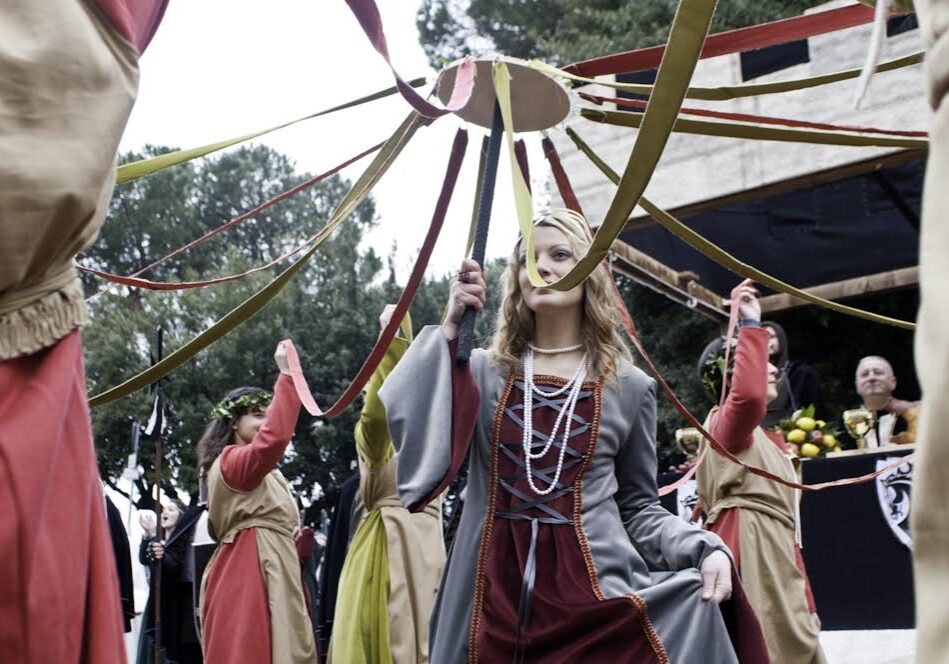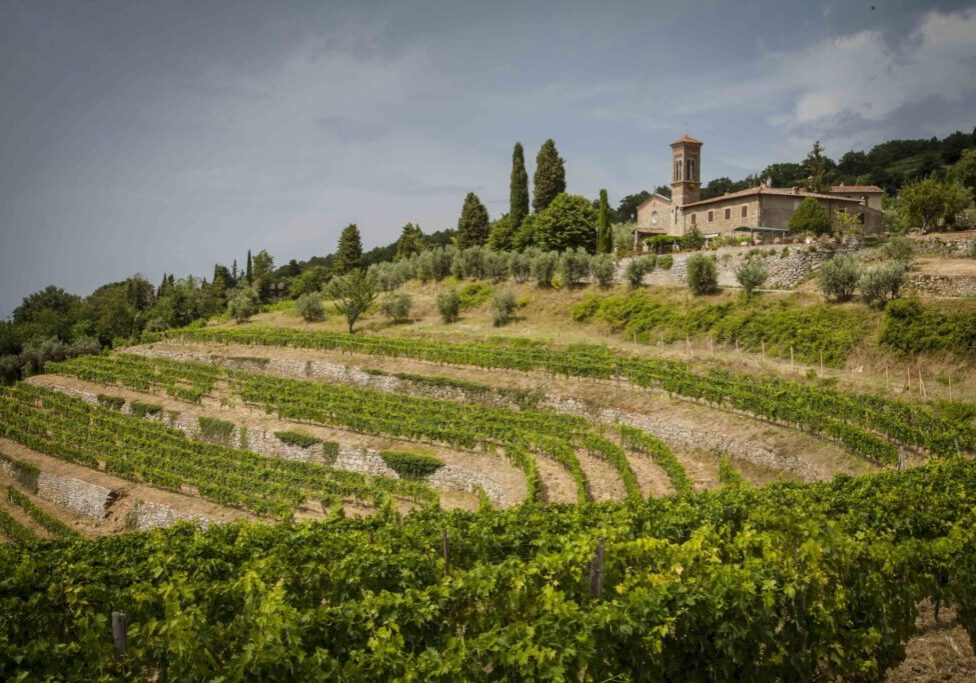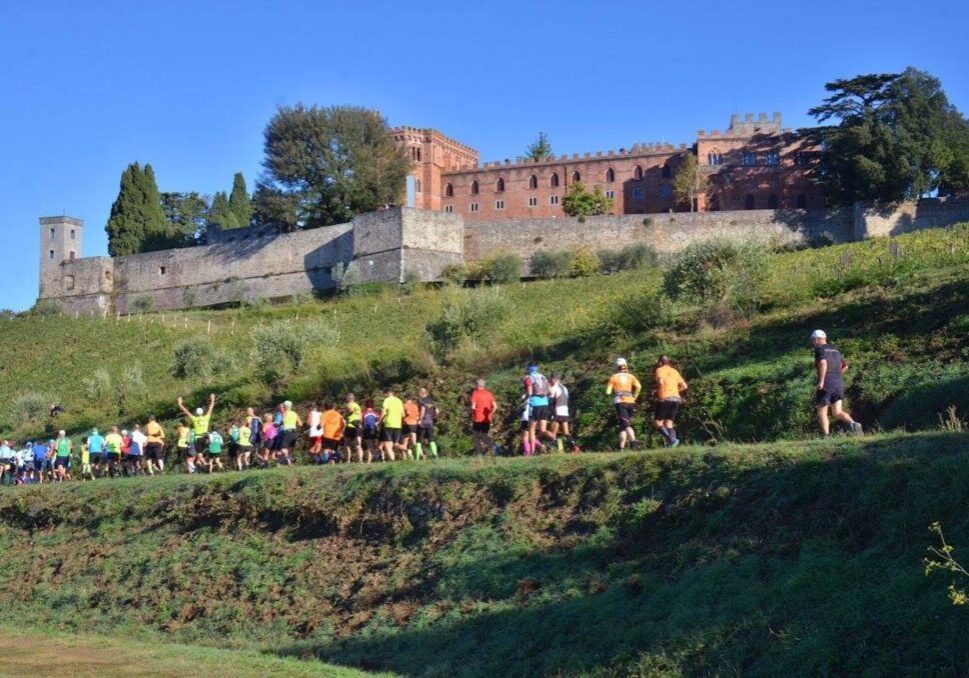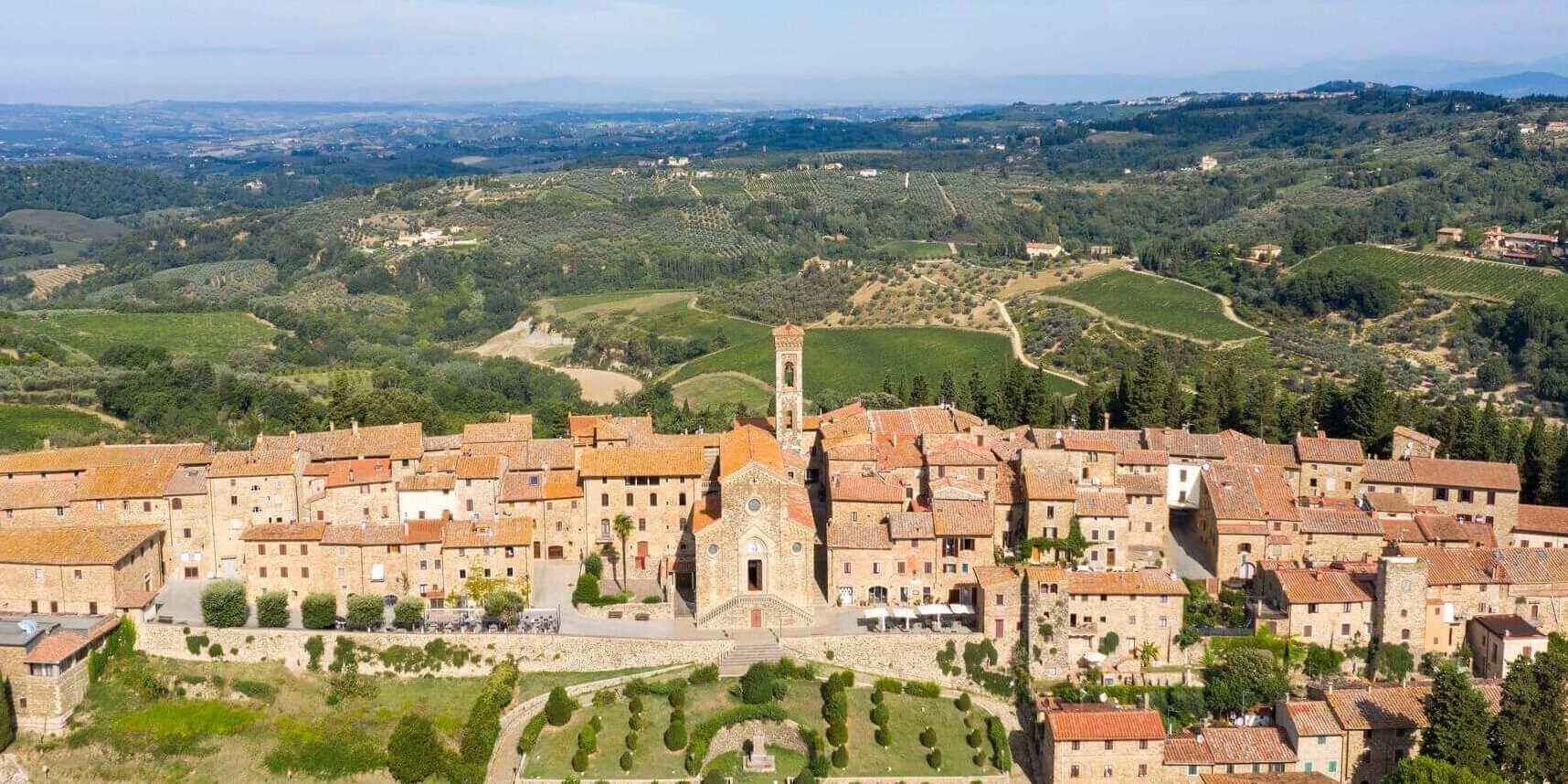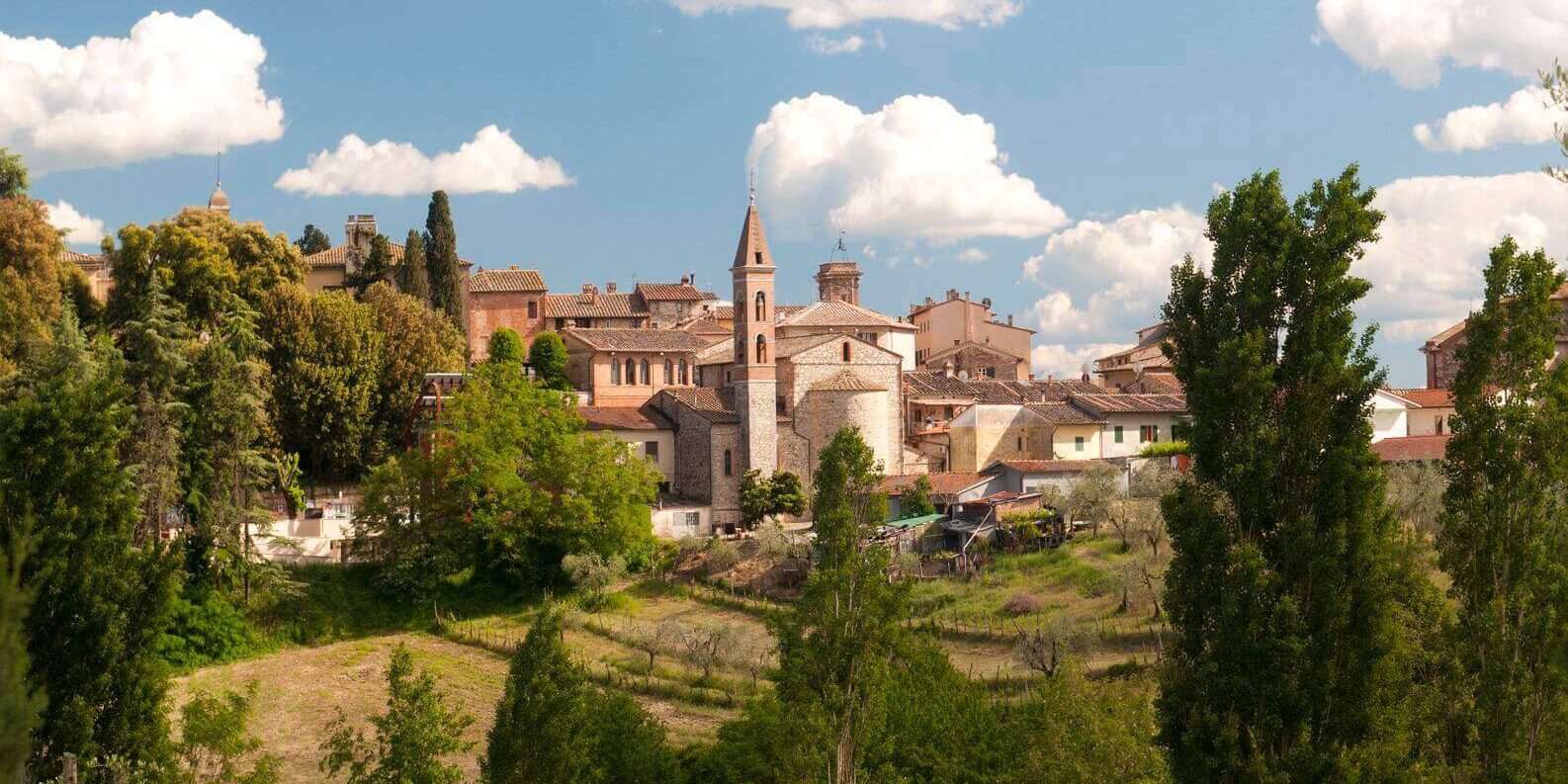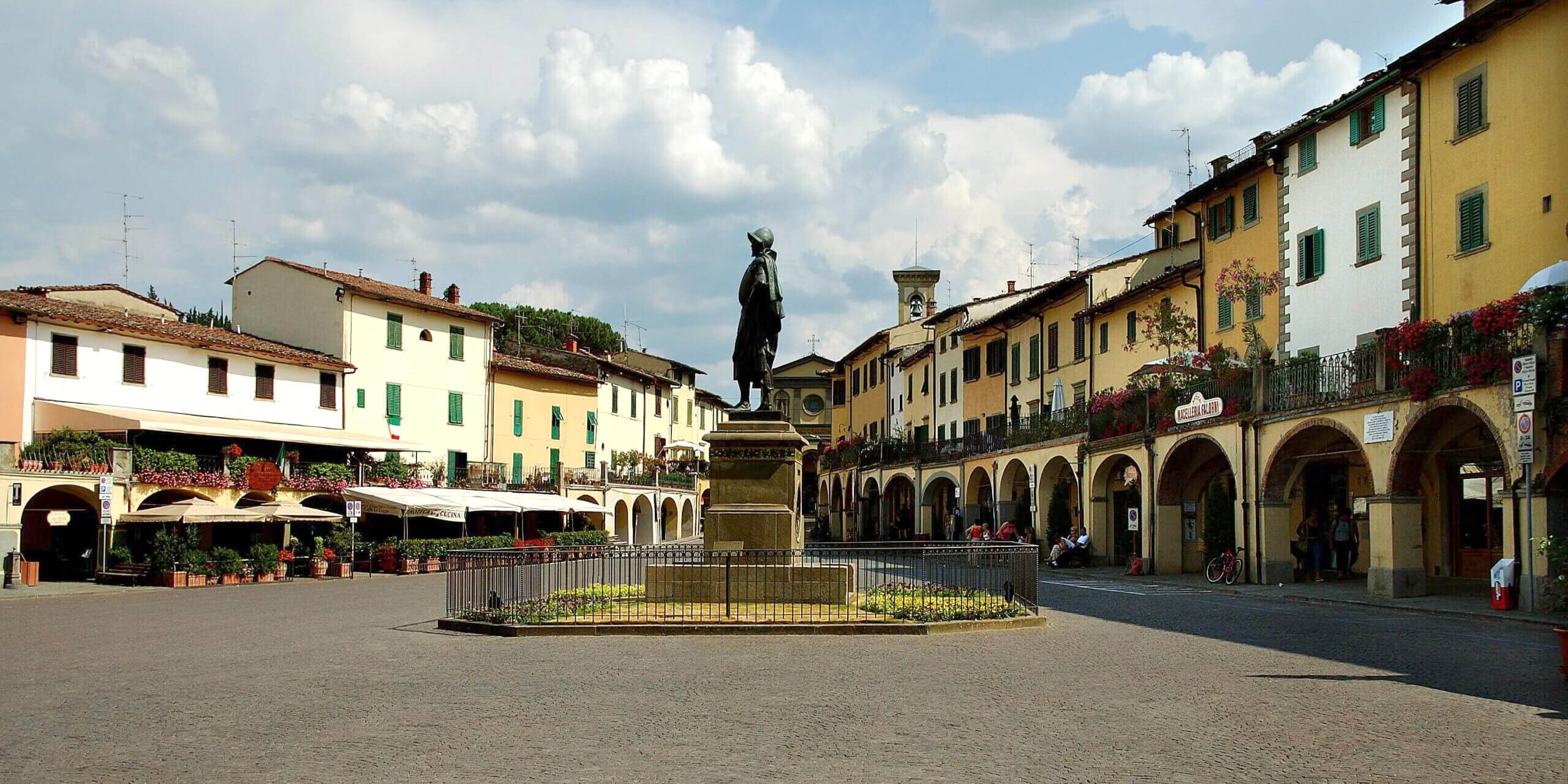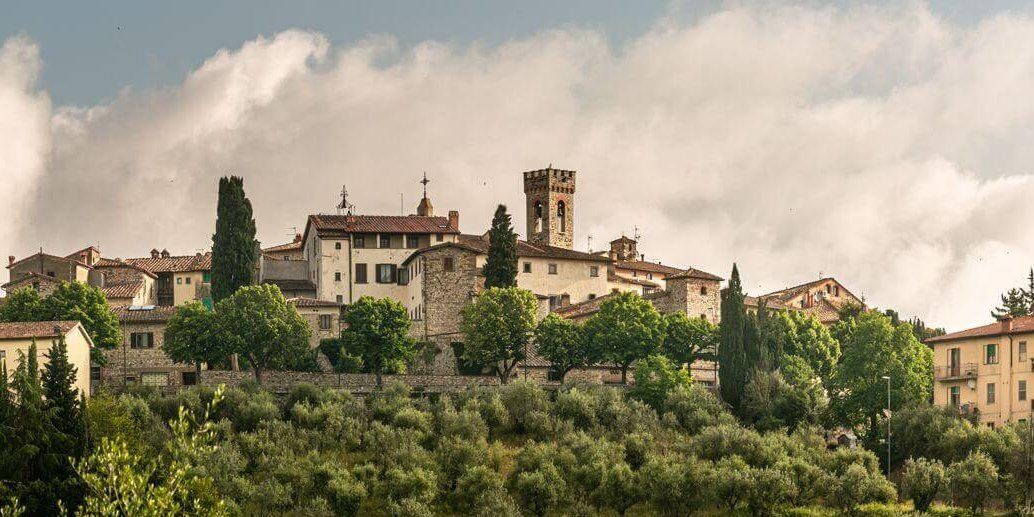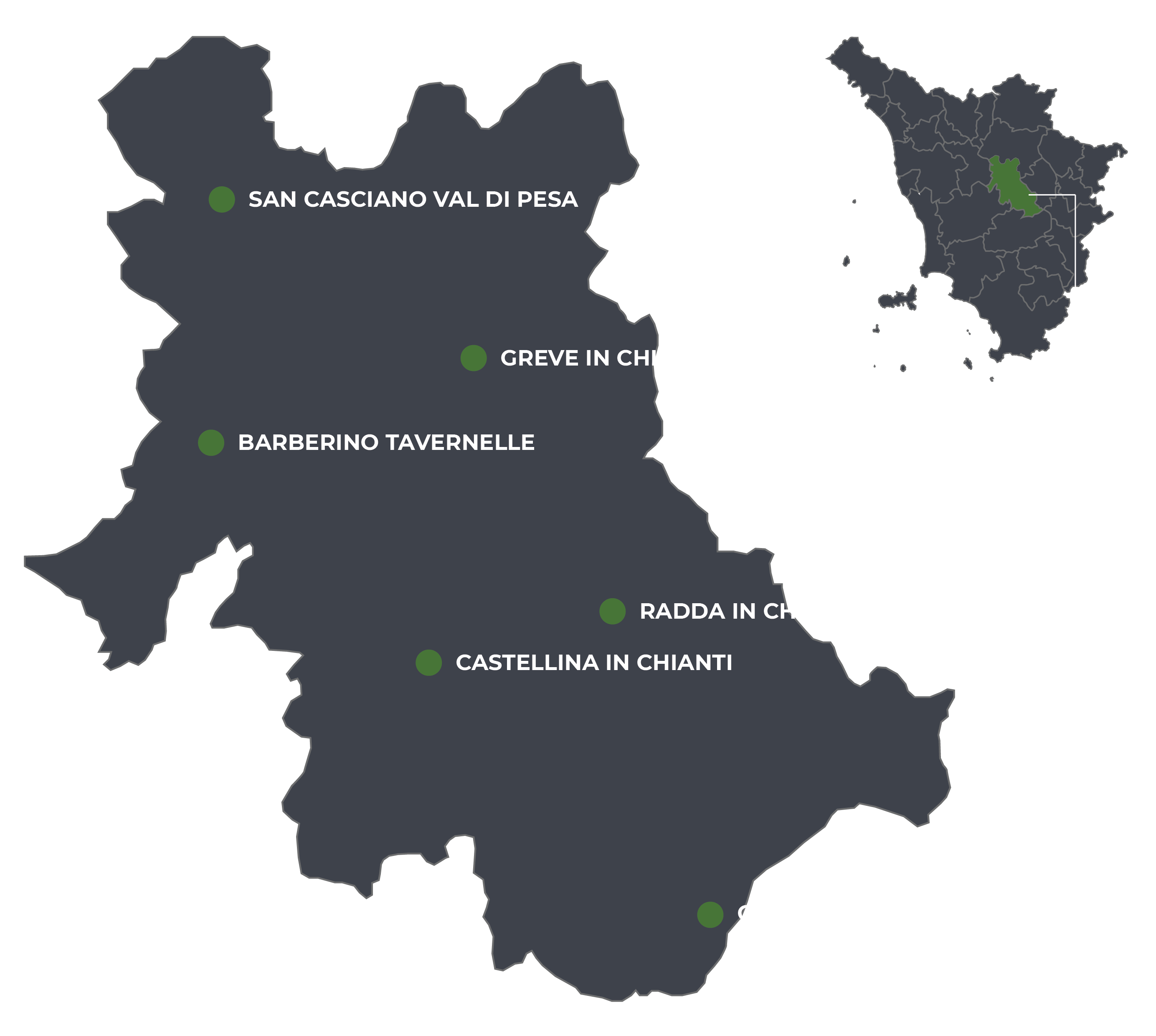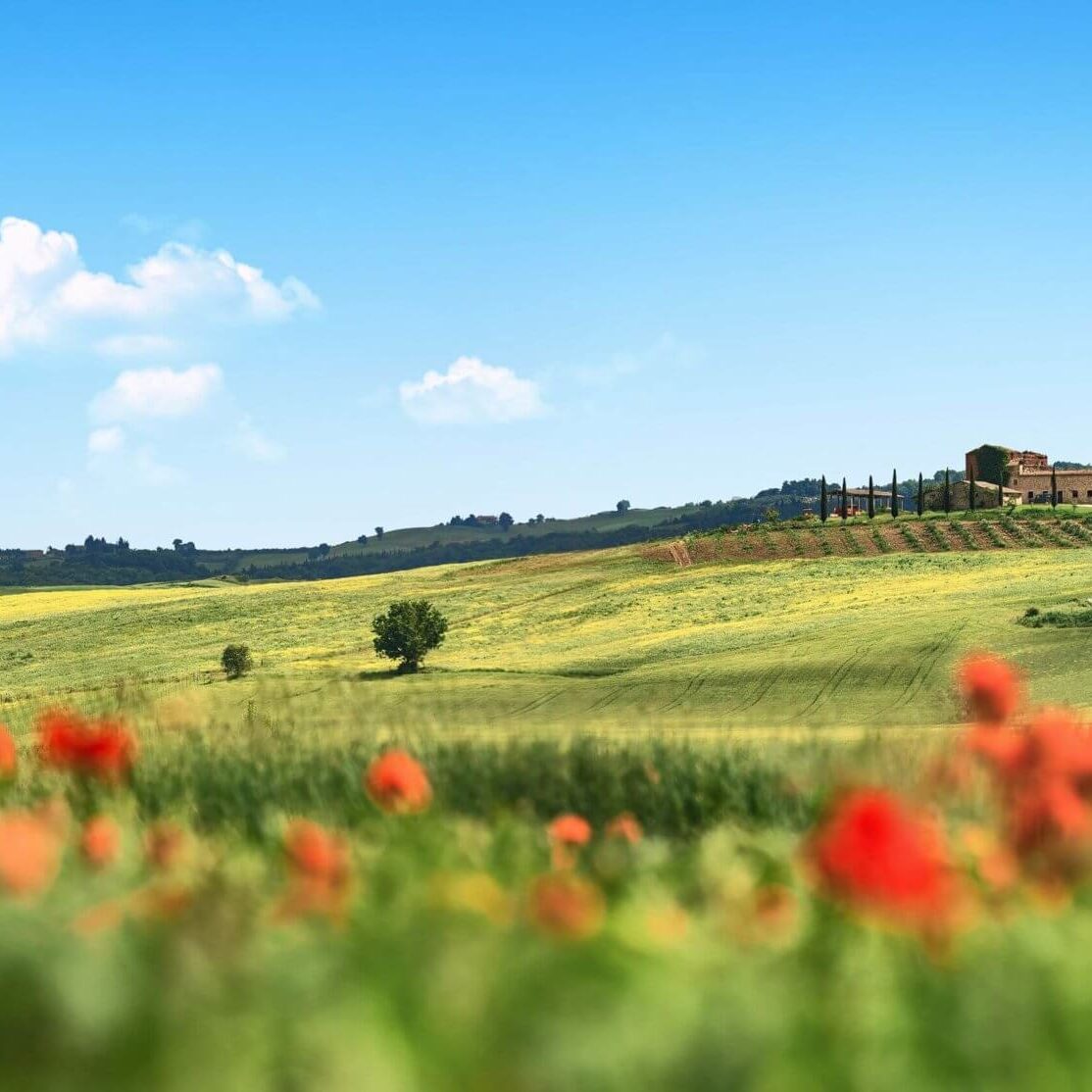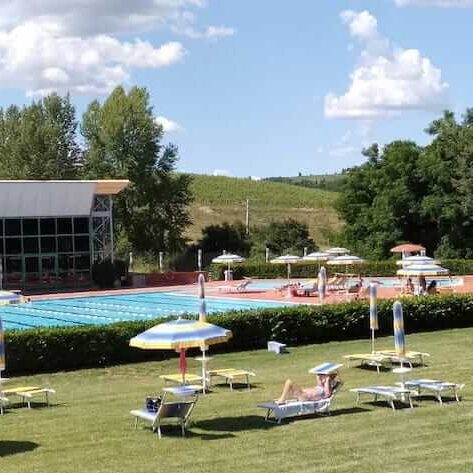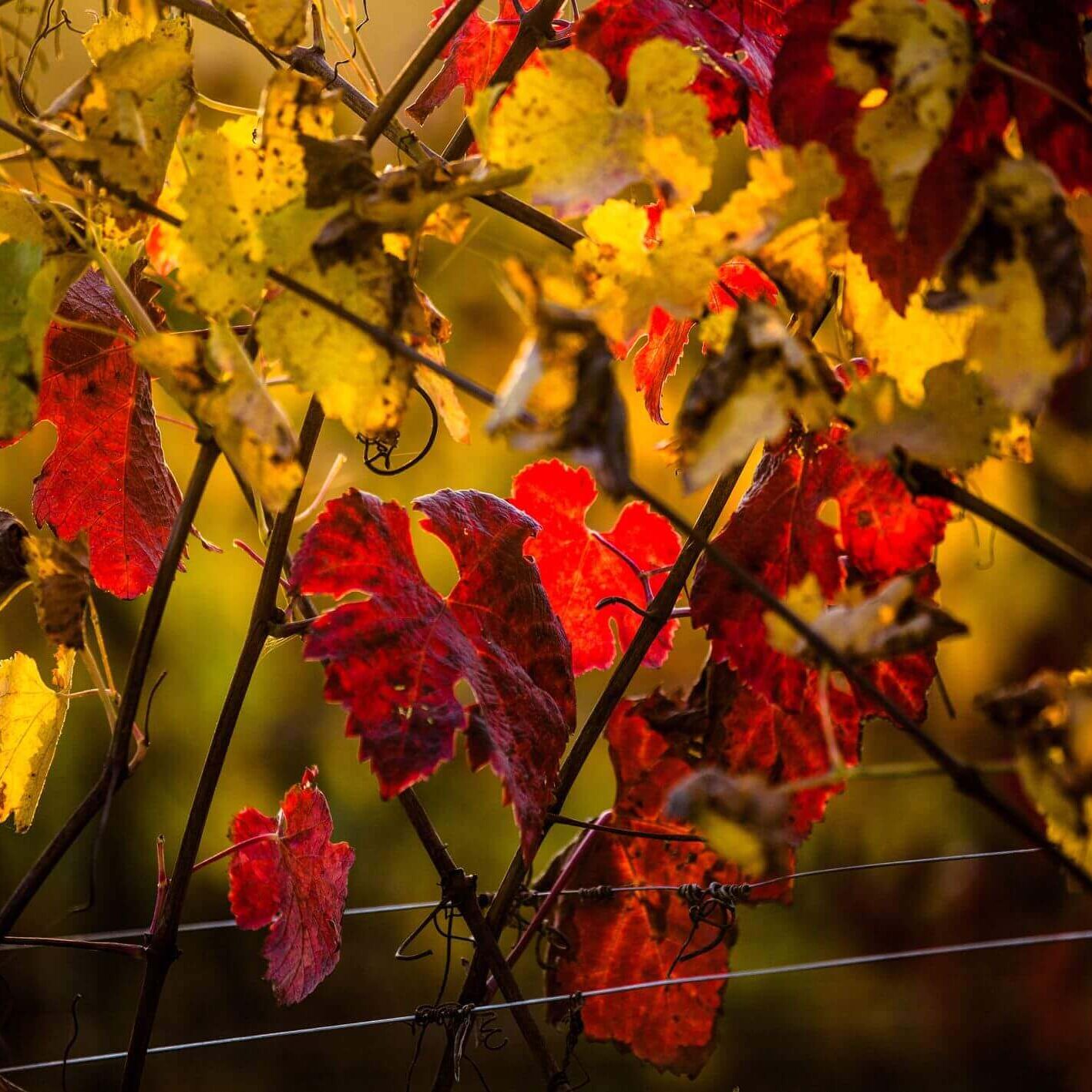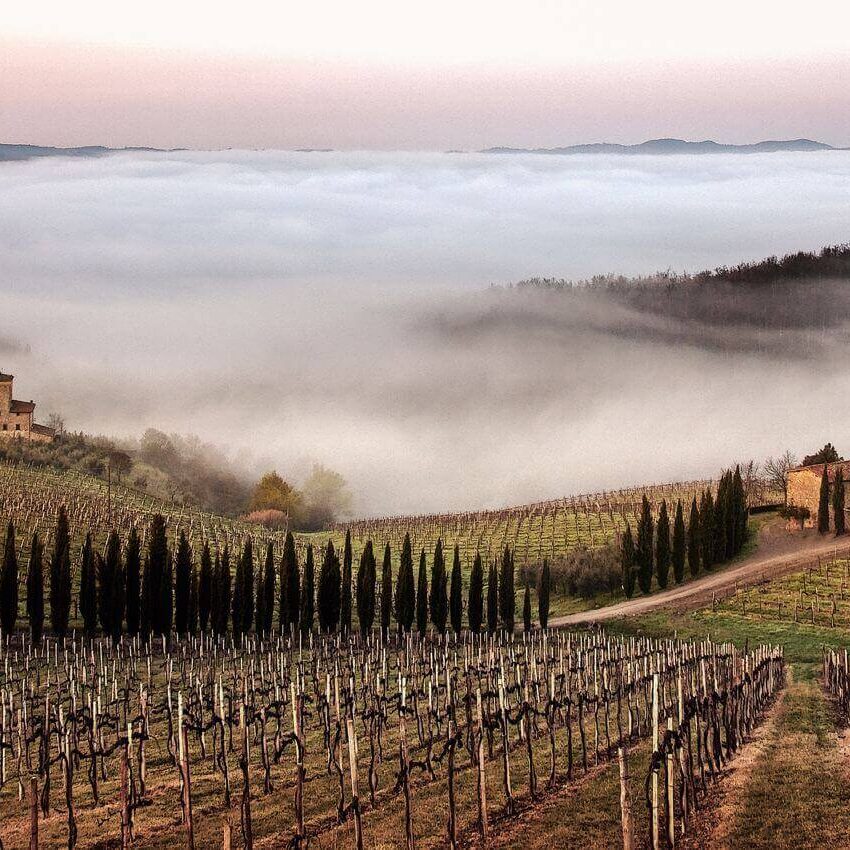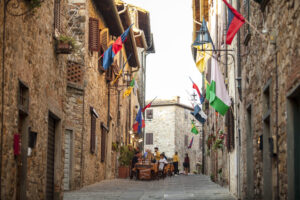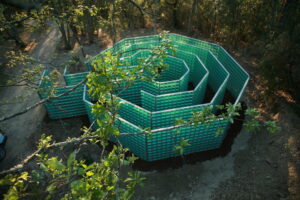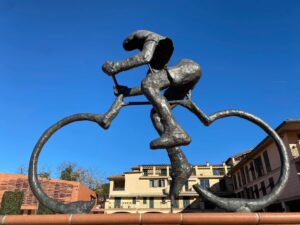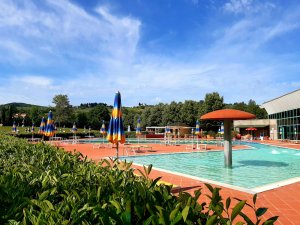The legend
of the Black Rooster
A medieval challenge and a crafty act. How a little black rooster became the icon of a territory and of one of the most well-known wines in the world.
HISTORY / FLAVOURS / FOLKLORE
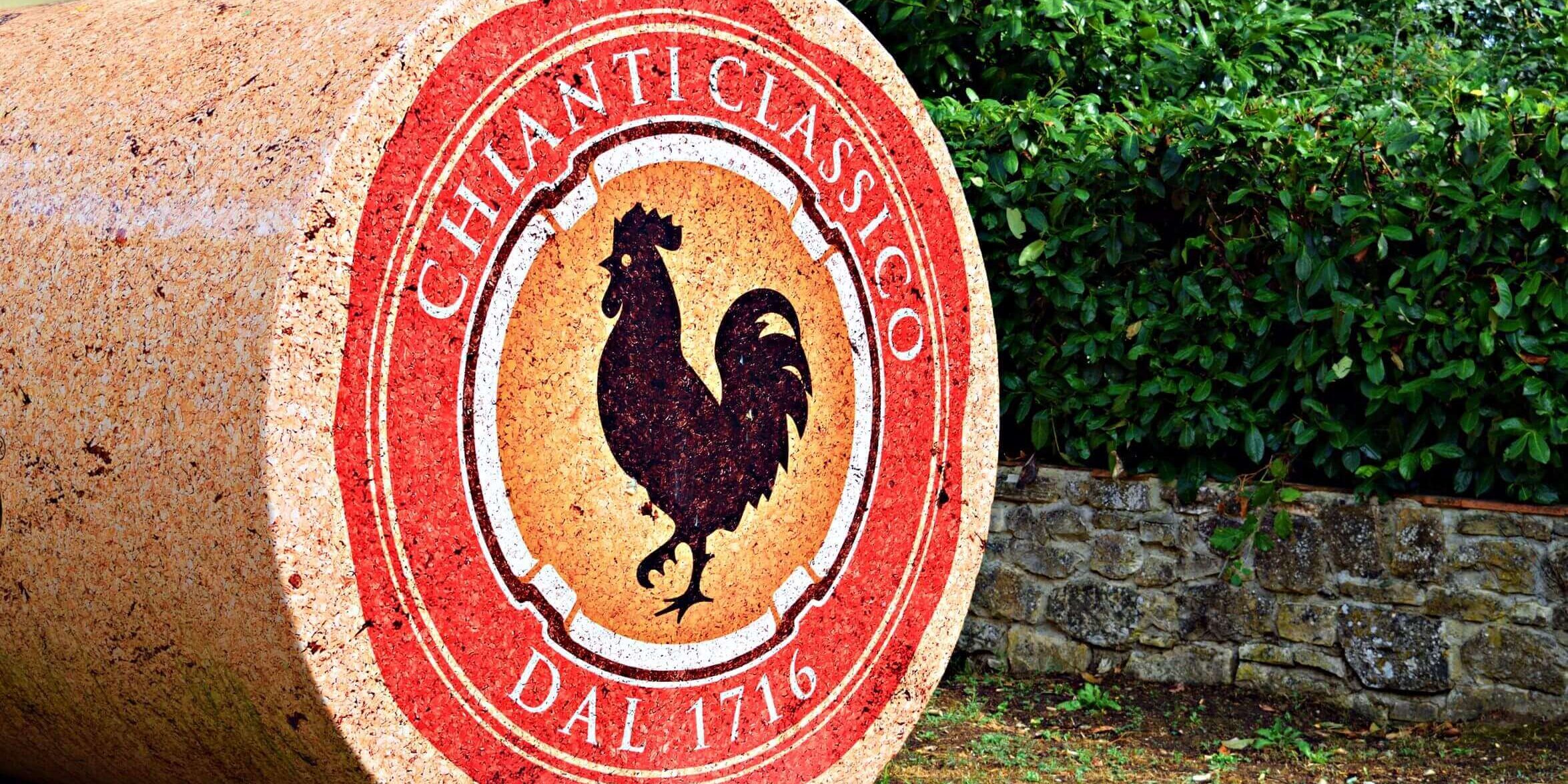
 he Chianti area is indissolubly linked to the symbols that most distinguish it: from the world- famous towns and squares to the hills covered by vineyards, and the image of the Black Rooster which stands out for its appeal and iconography.
he Chianti area is indissolubly linked to the symbols that most distinguish it: from the world- famous towns and squares to the hills covered by vineyards, and the image of the Black Rooster which stands out for its appeal and iconography.
The events that led this animal to become one of the most well-known territorial emblems in the world were handed down in a legend with an ancient flavour, set in the time when the medieval Communes of Siena and Florence were contending for their supremacy over the territory, in a tireless succession of clashes and battles.
To stop the dispute the two towns decided to take an unusual and resolutive diplomatic step. The task of defining the respective territorial borders was given to one only knight per faction, who leaving from his own town at the singing of the rooster would walk toward the rival’s walls: wherever the two would meet that would become the border. The luck of either towns, therefore, would not depend on the choice of the knight, but rather on the choice of the rooster that woke him up.
"Two towns, two knights, two roosters,
between history and legend"
The strategies of Siena and Florence could not be more different. The former chose a docile white rooster, and the night before the challenge they stuffed it with food so that in the morning it would have a lot of energy; the latter, on the contrary, trusted a free-range black rooster that was left starving for a long time. So what happened was that as soon as the hen-coop was opened, the Florentine black rooster hopped out and started singing from hunger long before the rising of the sun, so the knight promptly set off with a clear advantage on the rival from Siena. When at dawn the latter left towards Florence, he only walked 12 miles before catching sight of his counterpart. The exact spot of the meeting was just outside the inhabited centre of Castellina in Chianti, that still today bears the name of Croce Fiorentina (Florentine Cross): others say that it was nearby Fonterutoli, not very far away. That is how, the legend goes, the Black Rooster became the symbol of the Chianti area.
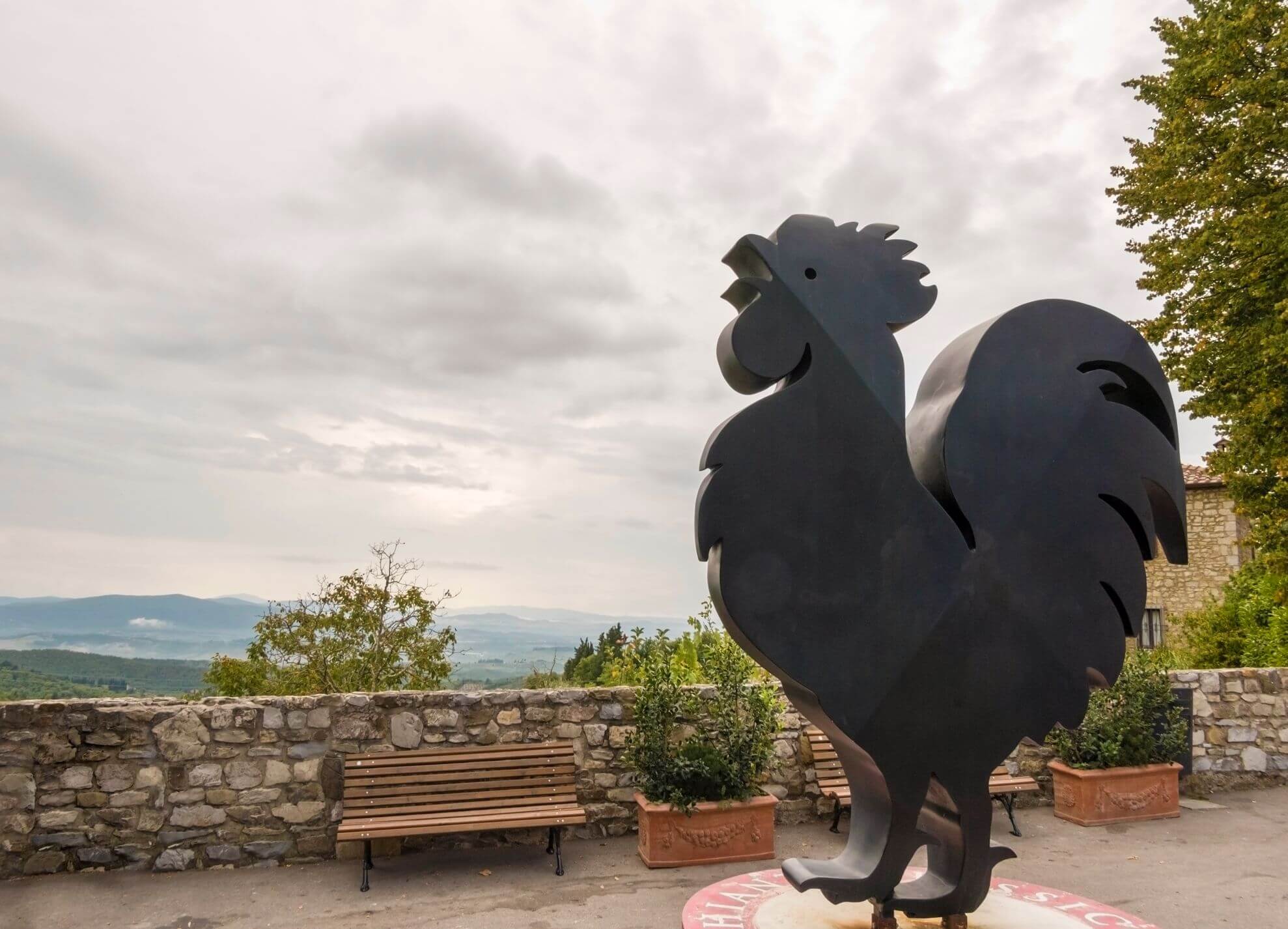
Beyond the legend, however, there are some actual historical references that tell a slightly different story. What is certain is that, in ancient times, the black rooster was the symbol of the Lega del Chianti, one of the 89 leagues in which the territory of the Republic of Florence was divided starting from the early years of the 14th century. The choice of the emblem, just like the legend, perhaps wanted to recall an idea of surveillance and control of the borders. It has certainly always been a symbol of identity: it is, in fact, found in the Allegory of Chianti, painted by Giorgio Vasari, on the ceiling of the Salone dei Cinquecento in Palazzo Vecchio in Florence.
In 1716 history finally tied the territory to its wine production, when the Grand duke of Tuscany, Cosimo III De' Medici established the geographical area of production of the wine with the same name, for the first time in the world, by issuing his own decree.
Since then the fame and appeal of this land and its produce have increasingly grown and today it is almost impossible to mention Chianti without thinking of an excellent glass of wine. The brand is protected by the Consortium of Vino Chianti Classico established in 1924. At that time, the Black Rooster was chosen as a symbol that, once again, imposes itself with charm as an emblem of excellence.
Today, the area of vine cultivation that produces Chianti Classico is still the same that was established by state decrees in 1932. There are many wineries offering wine tasting from the production area of Chianti Classico, an excellence exclusively produced in this selected territory.
Let yourself be inspired by the legends, stories, and a thousand excellences of this land in the green heart of Tuscany.
Discover Chianti,
naturally unique!
In the centre of the story between Florence and Siena, the countryside and the small towns of Chianti are rich with appeal and corners to discover.
Discover on

